
What is SAFELipo?
Definitely not your mother’s liposuction, SAFELipo is a comprehensive, multi-step body contouring process that doesn’t just remove fat—as traditional liposuction does—but also uses local fat grafting to sculpt the target areas for visibly smoother and more dramatic results.
First, we Separate and partially dissolve the unwanted areas of fat with specialized, vibrating probes. The process allows the fat to be removed more easily and more smoothly. Fat separation also preserves the important blood vessels and network of skin support, preventing damage to the skin or deeper structures. Since this technique doesn’t generate heat, there’s no thermal damage to essential blood vessels, skin, and other tissues, as with many other forms of liposuction.
Next, the Aspiration step uses gentle suction and smaller, less aggressive cannulas to remove the separated fat without causing bleeding or damage to the skin.
Finally, Fat Equalization sculpts the remaining fat to create a smooth, even layer of fat below the skin, without visible indentations, ripples, or other surface irregularities commonly seen with most all other forms of liposuction. This remaining layer of fat then prevents the skin from sticking down to the body in an unnatural or unattractive way.
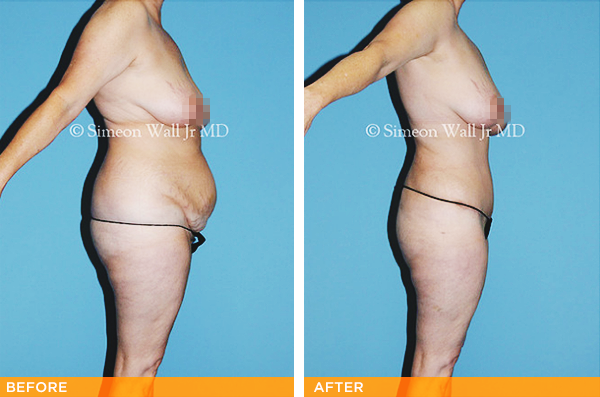
A SAFELipo procedure performed by Dr. Wall
How long is the SAFELipo procedure and what type of anesthesia is used? What does it cost?
SAFELipo procedures can last from a few minutes to several hours, depending on what we’re treating. Similarly, the costs can vary, depending on the extent of the procedure and whether the patient was referred for corrective SAFELipo to repair a body contouring procedure performed elsewhere, which is a large part of my practice. It is difficult to correct these procedures; they take a lot more time and are technically much more demanding than performing an initial surgery, and they can be quite expensive surgeries. Anesthesia can vary from a simple local anesthetic for a small procedure to twilight sedation for many others. I recommend general anesthesia for all of the larger cases, in order to maintain the highest levels of patient safety, comfort, and ability to achieve optimal results.
Are there any special considerations for women who want SAFELipo?
Anyone who can have traditional liposuction can have SAFELipo. A SAFELipo patient must be a healthy adult who is at a stable weight. Although SAFELipo can benefit large volume patients, people who are significantly over a healthy weight are not generally the best candidates. Any area of the face or body that can be treated with traditional lipo can be treated with SAFELipo. SAFELipo also can be performed on many more areas than traditional liposuction because we don’t run the risk of removing too much fat, or having important structures damaged by heat or trauma. Popular areas for SAFELipo include the upper back, arms, knees, legs, breasts, face, neck, and circumferential trunk or thighs (this means we can remove fat from all around the trunk or thigh, rather than just spot reduction, for more even, natural-looking results).
How did you develop SAFELipo?
I developed the process in the early 2000s as a response to challenging revision liposuction cases that were being referred to us at The Wall Center. These are situations where there is already a significant amount of internal scar tissue, unevenness, rippling, or other problems resulting from an earlier liposuction procedure. This can happen when too much or not enough fat is removed; the fat removal is uneven; heat-generating liposuction devices that kill blood vessels and other tissues are used, or if the patient simply heals poorly.
I’ve performed SAFELipo on almost 2,000 patients, most of whom had several areas treated at once. I’d say I’ve performed SAFELipo procedures on well over 5,000 areas of the body.
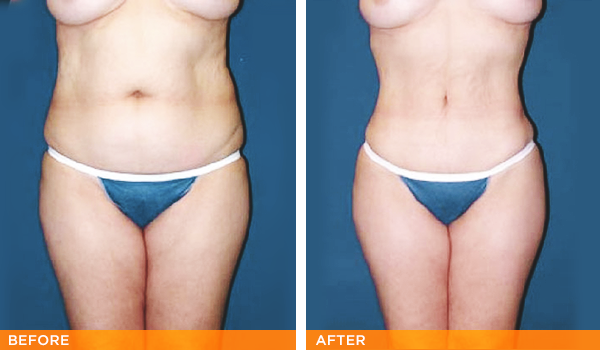
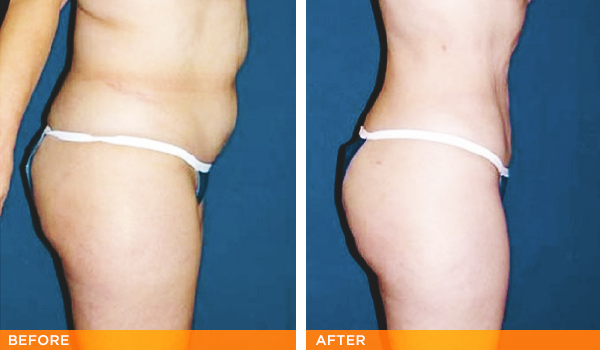
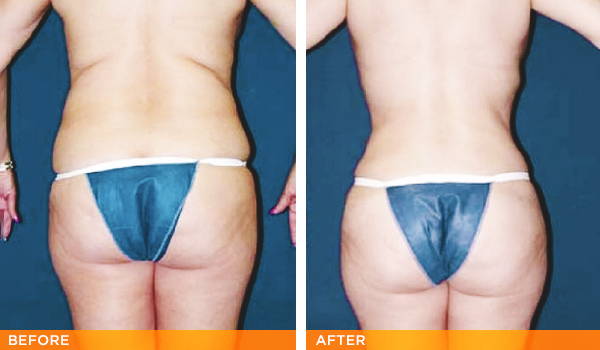
A SAFELipo procedure performed by Dr. Wall
Is SAFELipo really that different from traditional lipo?
Definitely, because it combines the benefits of liposuction, fat shifting, and local fat grafting, and gives patients dramatic, large-volume fat reduction with smooth, even results. Traditionally, liposuction has focused on removing fat, without a lot of attention paid to what’s left behind. When not enough healthy fat is left behind to ‘blanket’ the area, the skin can bond with underlying tissues, creating a dimpled, wavy, or rippled appearance. SAFELipo is different because it leaves behind a layer of healthy fat, which we sculpt (equalize) to create a visibly smoother appearance.
SAFELipo also is performed as a more comprehensive process, which means that we usually treat circumferentially—all the way around the trunk, thighs, or arms—rather than taking a spot reduction approach. This creates smooth, natural-appearing contours. I probably could have named it SMOOTHLipo!
Is it safer than tradtional liposuction?
When developing SAFELipo, I used special cannulas or probes to gently break up and emulsify fat without harming surrounding tissues. The SAFELipo probes and cannulas used today are even better at this. It’s easier to suction thoroughly emulsified fat, which means minimal impact on the surrounding blood vessels and other important structures.
Traditional liposuction cannulas must be sturdy and have large diameters because they’re used to forcefully break up fat, then suction and remove it. Since SAFELipo gently emulsifies the fat prior to suctioning, we can use smaller suction cannulas, which further reduce tissue trauma. In my experience, SAFELipo patients experience little to no bruising, decreased postoperative swelling, and minimal internal and external scarring due to the gentler approach.
Unlike some other forms of liposuction, SAFELipo relies on a mechanical approach, not on heat energy, to detach and emulsify the fat. Therefore, we don’t see thermal injuries to the blood vessels, support structures, and skin. Methods that utilize thermal energy to ‘melt’ fat (laser, radiofrequency, ultrasound) can damage these tissues and lead to excessive scarring, dermal adhesions, skin discoloration, and skin burns.
Does a patient bounce back quicker from SAFELipo?
Many people combine their SAFELipo body contouring with other procedures, like tummy tucks, breast lifts, and facelifts, so recovery times depend on the circumstances. Generally, recovery from SAFELipo is quicker and more comfortable, with much less postoperative bruising and swelling compared to traditional liposuction. After having SAFELipo alone, most patients can return to work in just a few days; it’s not uncommon to feel 100 percent recovered within a week. Of course, the more extensive the treatment, the longer the recovery time will be.
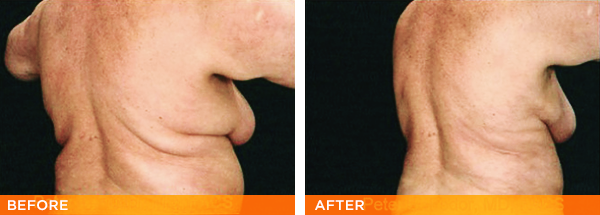
A SAFELipo procedure performed by Dr. Peter Fodor
So why are other surgeons still performing traditional liposuction?
Liposuction is a great procedure. My father was one of the pioneers of liposuction in the United States. This just takes liposuction to a higher level, to the level of a true body-contouring process. To perform SAFELipo, you need specialized training and special tools, and the procedure can take a little longer to perform if you’re just starting out with it. The growing number of surgeons who have adopted SAFELipo feel that the outcome is worth the effort, and I believe with time, more and more surgeons will agree.
To become authorized to perform SAFELipo, a doctor must be a board certified plastic surgeon or its foreign equivalent, and must attend and complete a SAFELipo training course. This course can last anywhere from two to eight hours, depending on the surgeon’s experience with SAFELipo. Many trainees also attend a live surgery-training day at our facility in Louisiana.
How do I find a SAFELipo surgeon?
Some of the world’s finest plastic surgeons are adopting SAFELipo as their preferred method of body contouring. There are currently SAFELipo surgeons across the U.S. and in Canada, Europe, and the Middle East. The Safelipo.com doctor locator helps patients find qualified plastic surgeons.


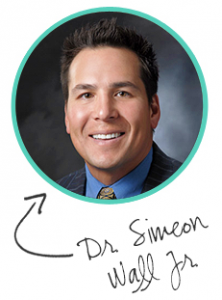
0 Responses to “The Skinny On SAFELipo”
Raynald Torres says:
Any of the surgery can be either successful or not but one thing remains true. Skin still gets old as we age. It’ll really be high maintenance.